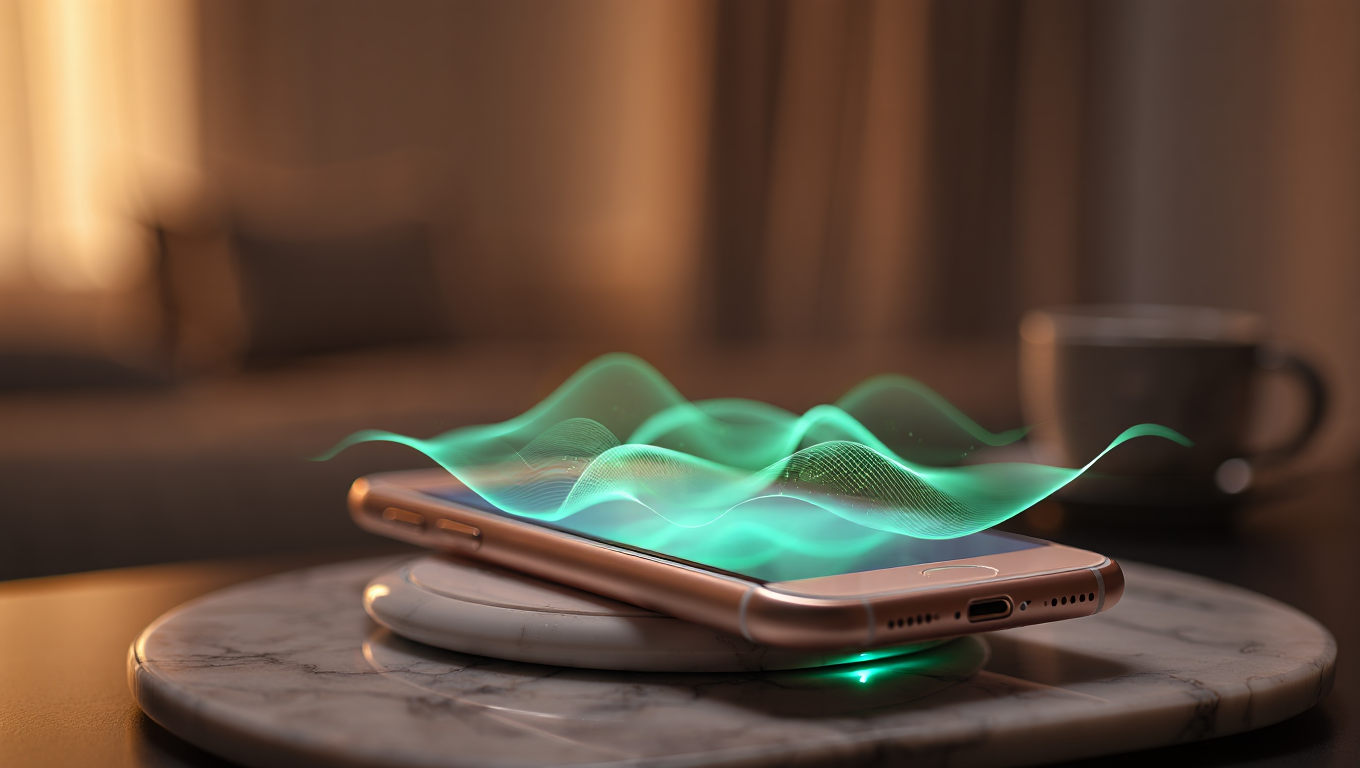⚡ This AI makes wireless power transfer more stable and efficient than ever
Published by Cédric,
Article author: Cédric DEPOND
Source: IEEE Transactions on Circuits and Systems I: Regular Papers
Other Languages: FR, DE, ES, PT
Article author: Cédric DEPOND
Source: IEEE Transactions on Circuits and Systems I: Regular Papers
Other Languages: FR, DE, ES, PT
Follow us on Google News (click on ☆)
Developed by a Japanese team, this approach could accelerate the adoption of wireless power transfer systems. By entrusting circuit optimization to an algorithm, it surpasses the limitations of traditional designs and offers unprecedented stability. An advancement for consumer electronics as well as medical devices.

Machine learning at the service of design
Rather than relying solely on analytical models, researchers numerically simulated component behavior, including their defects. A genetic algorithm then automatically tested millions of combinations to find the ideal configuration.
The system evaluates each design according to three criteria: output voltage stability, energy efficiency, and electrical signal quality. The algorithm progressively refines the circuit until optimal performance is achieved, regardless of the connected load.
As the team indicates in IEEE Transactions on Circuits and Systems I, this is the first time such a design has been entirely conducted by artificial intelligence and experimentally validated.
Performance validated in real-world conditions
Experimental tests confirm the superiority of the AI-optimized system. While a conventional system can see its output voltage vary by up to 18%, the new design limits these fluctuations to less than 5%. This stability helps protect batteries in modern electronic devices.
Energy efficiency also reaches an impressive level of 86.7%, a value maintained even when the required power is low. This performance is made possible by detailed modeling of losses, particularly those related to parasitic capacitances in semiconductors.
A detailed analysis of energy losses shows that the transmission coil dissipates an almost constant power. This regularity stems directly from the system's ability to maintain stable output current under different operating conditions, proving the robustness of the design.
Going further: How does wireless power transfer work?
Wireless power transfer relies on a fundamental physical principle discovered in the 19th century: electromagnetic induction. The process begins when an alternating electric current flows through a transmitter coil, generating an oscillating magnetic field around it at high frequency. When a second coil, called the receiver, is near this field, it captures these magnetic oscillations which then induce an electric current within it.
The efficiency of this transfer is significantly improved through the phenomenon of magnetic resonance. Both circuits, transmitter and receiver, are precisely tuned to the same resonant frequency. This synchronization allows the system to concentrate electromagnetic energy in a defined space, reducing losses and enabling greater transfer distances than with simple induction.
This technology now finds practical applications in many fields. It already powers our smartphones and some implantable medical devices, offering increased comfort and safety. The automotive industry is actively developing inductive charging systems for electric vehicles, while the Internet of Things draws from it an elegant solution for powering sensors without batteries.